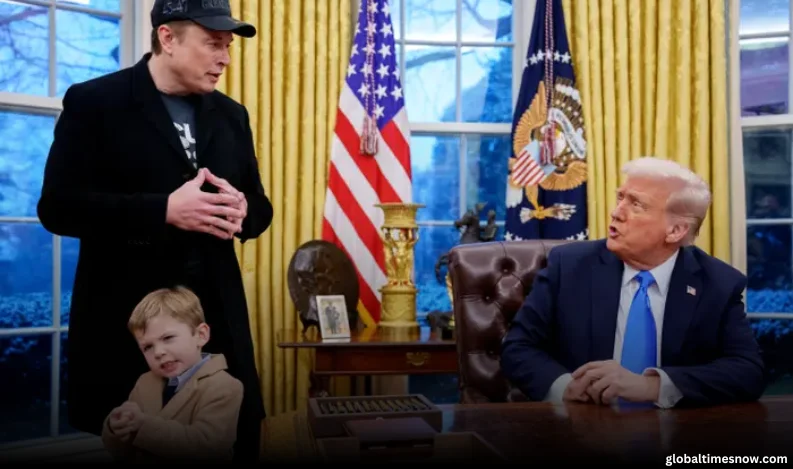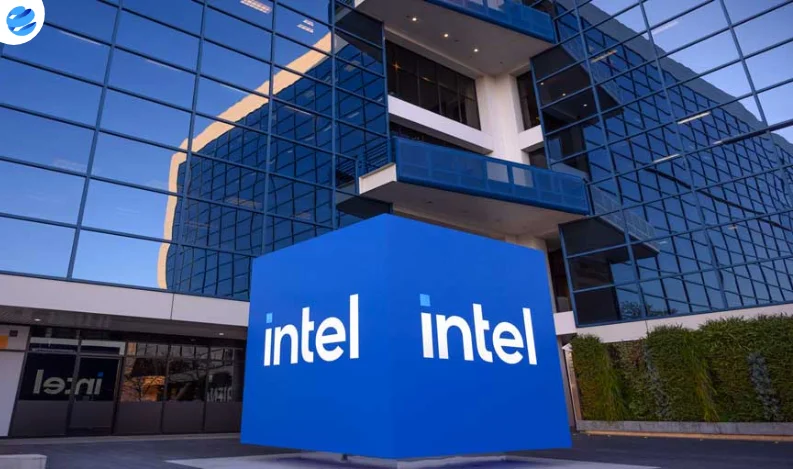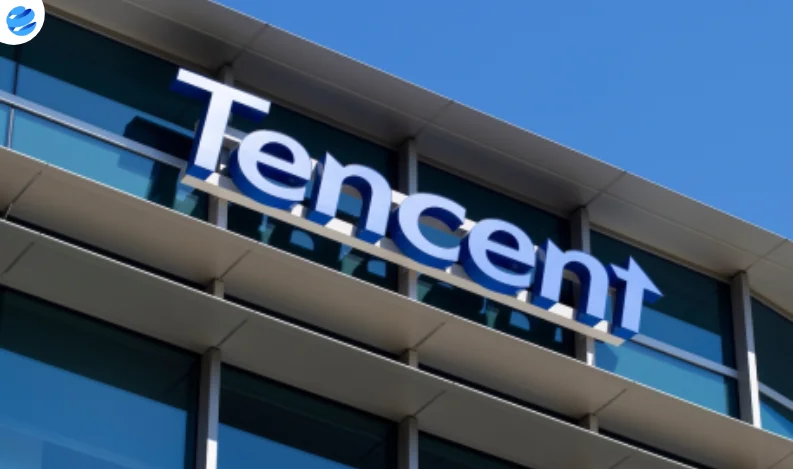Washington, D.C.: In a dramatic move to overhaul the U.S. federal workforce, President Donald Trump, with advisor Elon Musk, has led an initiative that resulted in the termination of over 9,500 federal employees on Friday. This large-scale downsizing is part of an aggressive push to streamline government spending and reduce bureaucracy.
Departments Affected
The layoffs have primarily impacted employees from key federal departments, including the Department of the Interior, Energy, Veterans Affairs, Agriculture, and Health and Human Services. Many of those dismissed were probationary employees in their first year of service, making them more susceptible to job cuts due to limited employment protections.
The Consumer Financial Protection Bureau (CFPB), an independent regulatory agency, has been effectively dismantled, leaving many employees uncertain about their future. Reports indicate that the Internal Revenue Service (IRS) is also preparing to lay off thousands more in the coming weeks, potentially affecting tax collection operations ahead of the April 15 filing deadline.
Trump, Musk’s Strategy for Government Efficiency
President Trump has repeatedly emphasized the need for cutting government spending, citing excessive expenditures as a driving factor behind the initiative. The administration argues that the federal workforce has grown inefficient, necessitating significant reforms to curb waste and streamline operations.
Additionally, an estimated 75,000 workers have voluntarily accepted a buyout package as part of the administration’s broader effort to reduce government payroll. This accounts for approximately 3% of the federal civilian workforce, marking one of the most extensive downsizing efforts in modern history.
Elon Musk’s Role in Restructuring
Elon Musk, heading the newly formed Department of Government Efficiency (DOGE), has played a central role in shaping the strategy. However, his influence has raised concerns among lawmakers and labor unions. Critics argue that Musk’s approach appears to be driven by ideology rather than cost-cutting.
“Musk’s team consists largely of engineers with little government experience. Their approach is less about cutting costs and more about redefining government operations to align with their vision,” said an anonymous Treasury official.
Despite the criticism, Treasury Secretary Scott Bessent defended Musk’s efforts, comparing the restructuring to a financial audit designed to improve operational efficiency.
Opposition from Lawmakers and Unions
The mass layoffs have sparked fierce opposition from Democratic lawmakers, who argue that the administration is overstepping its authority by making sweeping cuts without Congressional approval. However, with Republicans controlling both chambers of Congress, Trump’s restructuring efforts have faced little legislative resistance.
Federal employee unions have also voiced strong objections. Steve Lenkart, Executive Director of the National Federation of Federal Employees, criticized the administration for prioritizing corporate interests over public service.
“This is about getting the government out of the way for big business and the ultra-wealthy,” Lenkart said. “That’s why Elon Musk is so enthusiastic about it.”
Impact on Laid-Off Workers
For thousands of employees suddenly out of work, the decision has come as a shock.
“I’ve dedicated my life to serving this country, and in an instant, I’m out of a job,” said Nick Gioia, a U.S. Army veteran who recently joined the USDA’s Economic Research Service. “It feels like a betrayal.”
Others have expressed outrage at Musk’s apparent indifference to the human cost of the layoffs.
“To sit here and watch Musk tweet about how he feels like he’s doing a great job—he doesn’t realize what he’s doing to people’s lives,” Gioia added.
Legal Battles Loom
The Trump administration’s efforts to roll back civil-service protections and shutter agencies like USAID and CFPB have also triggered legal challenges. Several labor unions have filed lawsuits seeking to block the buyout plan, arguing that it violates federal employment laws.
Federal judges are expected to review whether Musk’s team should have access to sensitive financial and personnel data, particularly within agencies such as the Treasury Department, Consumer Protection Bureau, and Labor Department.
What’s Next?
As Musk’s DOGE team continues its review of federal agencies, concerns remain over the long-term implications of these aggressive cutbacks. With further layoffs anticipated, tensions between the White House, Congress, and federal workers are likely to escalate in the coming months.
The restructuring marks a pivotal shift in the federal workforce, with the Trump administration maintaining that these measures are necessary for fiscal responsibility. However, opposition groups warn that the cuts could severely impact essential public services, setting the stage for prolonged political and legal battles.























